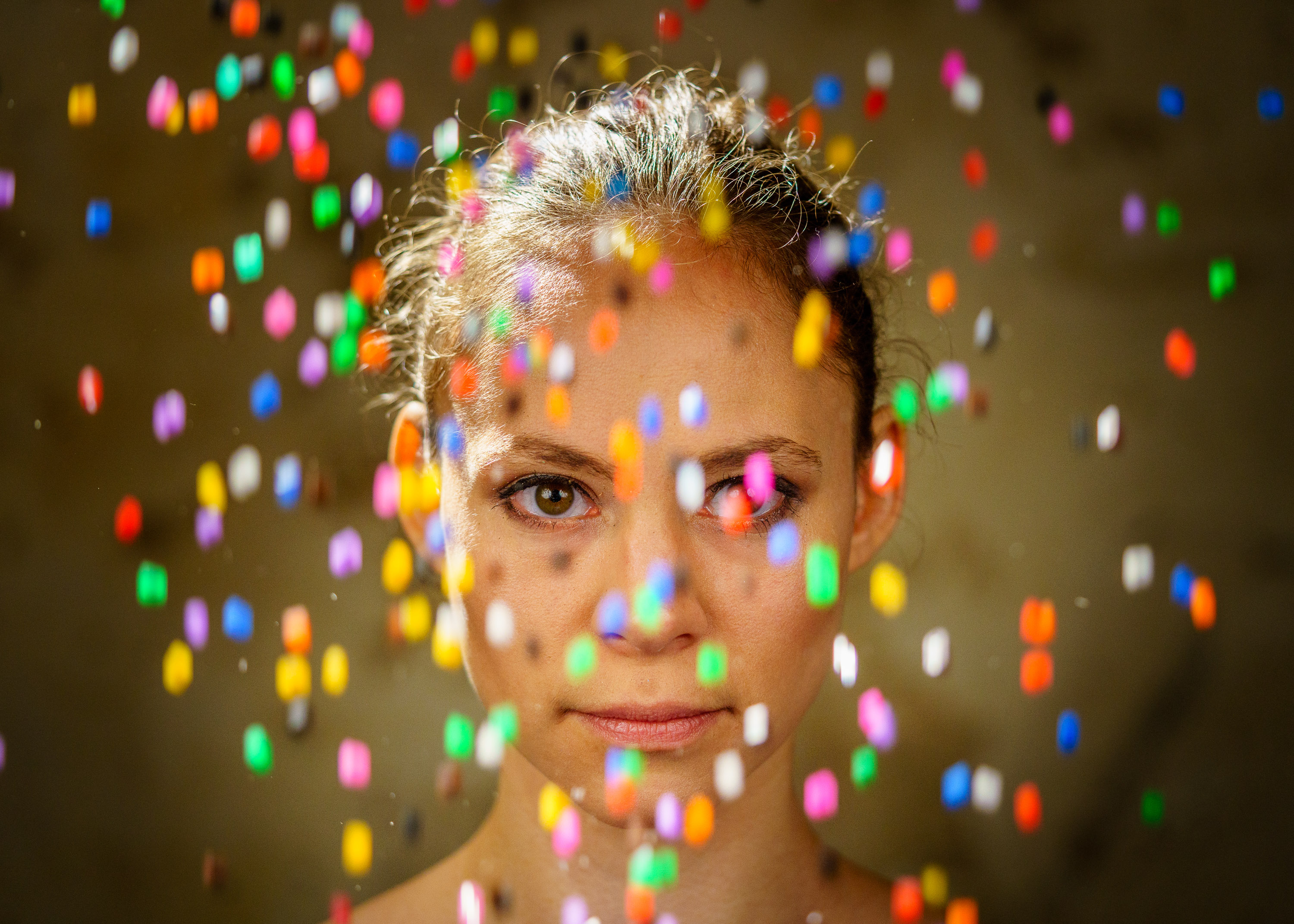Interview with Jule Oeft/JuWie Dance Company on the premiere of „Rapid Cycling – Das bildest du dir nur ein“
Why is the issue of bipolar disorder so important to you?
We became aware of the topic through a person affected in our personal environment. For this reason, we then took a closer look at it. We have become aware of the consequences of this disease for a person as well as for society. It is one of the most common psychiatric illnesses in Germany. Studies have shown that up to 5% of the population suffer from an affective bipolar disorder. There is little information about this disease. Often people suffer for years without any help or even seeking help themselves. And often the stigmatisation of the disease stands in their way for a timely diagnosis.
“Rapid Cycling” – What does this title allude to?
“Rapid cycling” is a form of affective bipolar disorder. The phases mania/hypomania and depression alternate more rapidly and at shorter intervals. As we depict several phases within the piece, the viewer feels like “Rapid Cycling”.
How important is it to you to sensitize the audience to the topic? What kind of feedback do you hope to get?
In any case, our main concern is to draw people’s attention to the topic and to sensitize them to it. We believe that you have to talk about it. It has a social relevance, and talking about it helps to overcome a stigma. I personally find it difficult to say what kind of feedback we hope to get. Of course, one wishes for positive reactions. Perhaps we will come into an exchange with those affected or their relatives. That would be nice.
Can dance help affected persons?
There are many strategies for people affected to prevent their phases, including exercise and sport. So dancing can be a good therapy for some when it comes to releasing energy or expressing one’s feelings and thoughts in a different way. Many affected people are more creative in their manic or hypomanic phases and use dance or other art forms to express themselves.
What stylistic and artistic means do you use to give viewers an idea of how people with bipolar disorders feel?
The central artistic element is a movement language, dance, which takes place simultaneously on two levels. These can be extreme poles as well as the inner and outer perspective of the person portrayed. This is realized by video projections. I use the possibilities of dance and object theatre to represent the spectrum of the disease. Working with electronic live music is an important part of the piece. In addition there will be a small exhibition with interviews and interactive objects.


